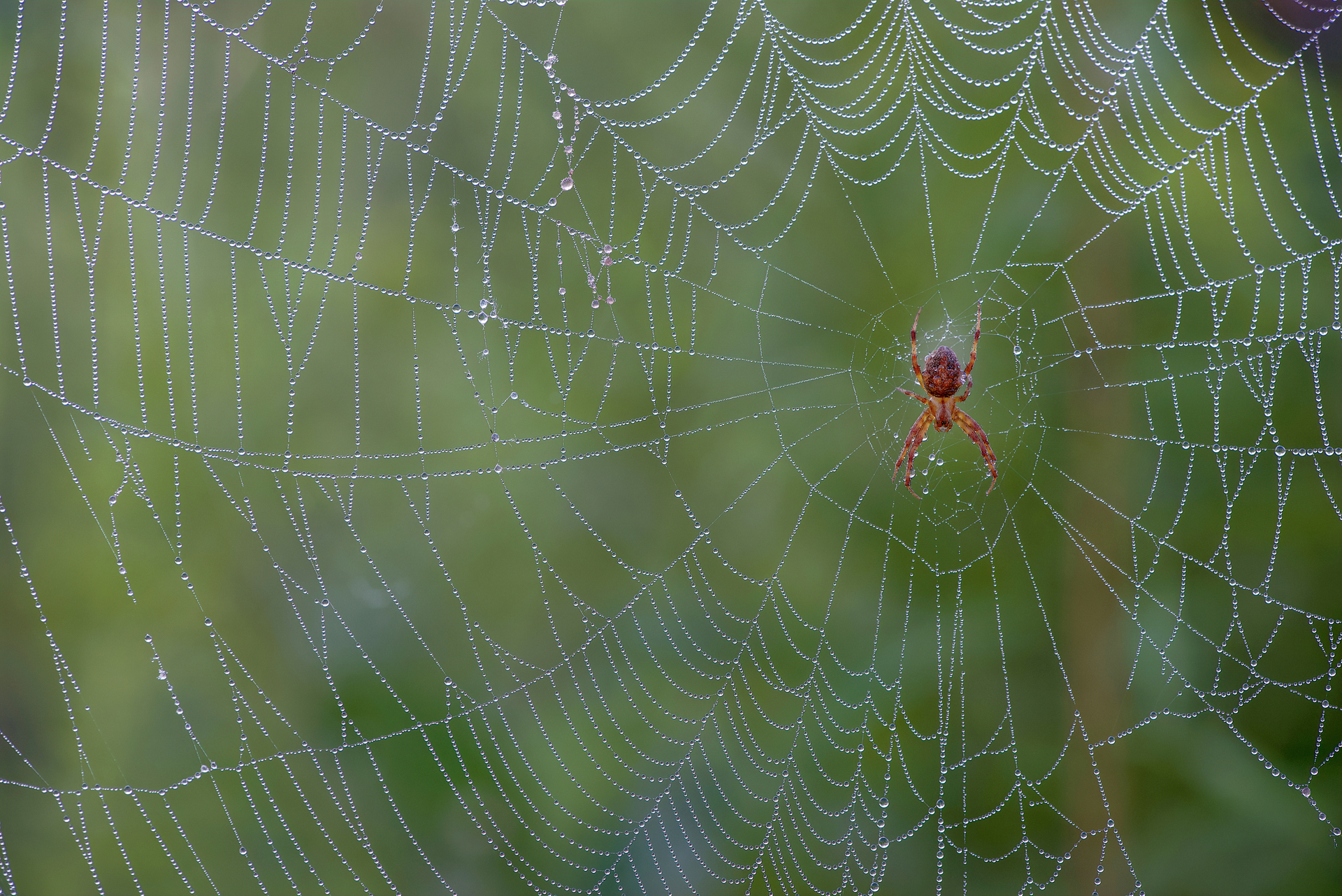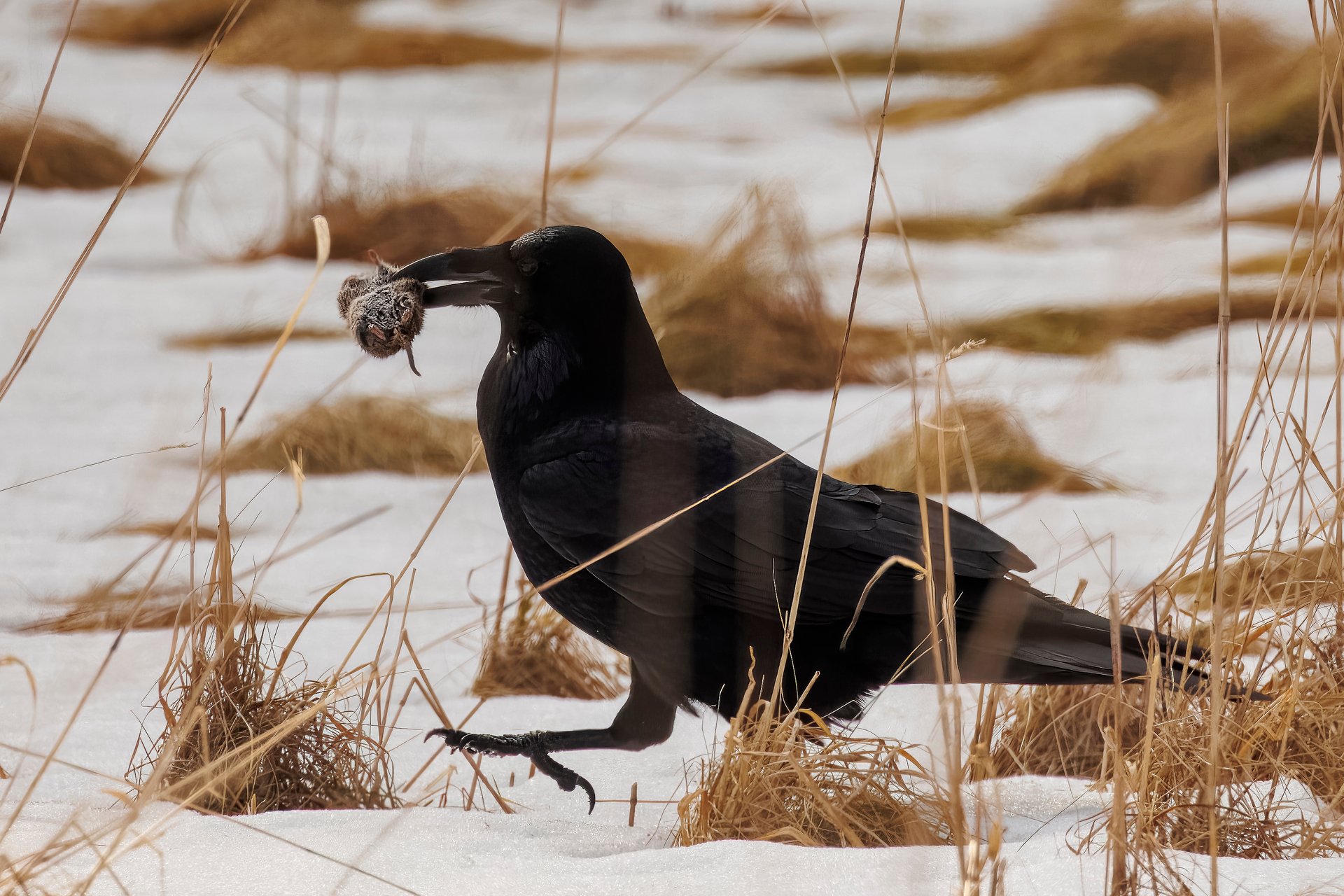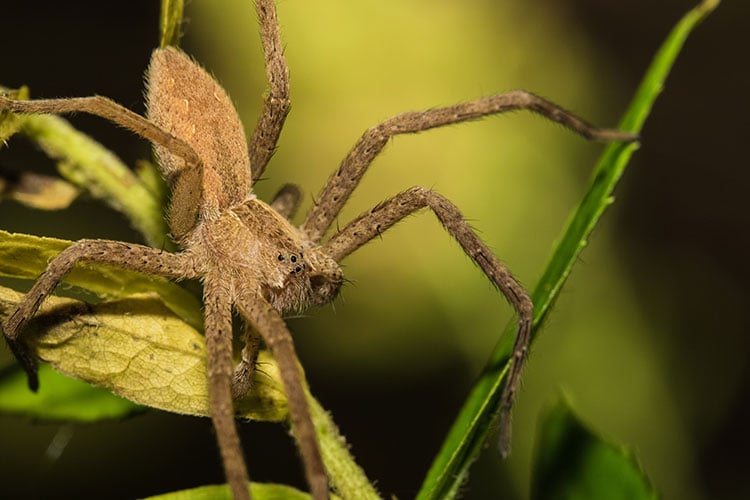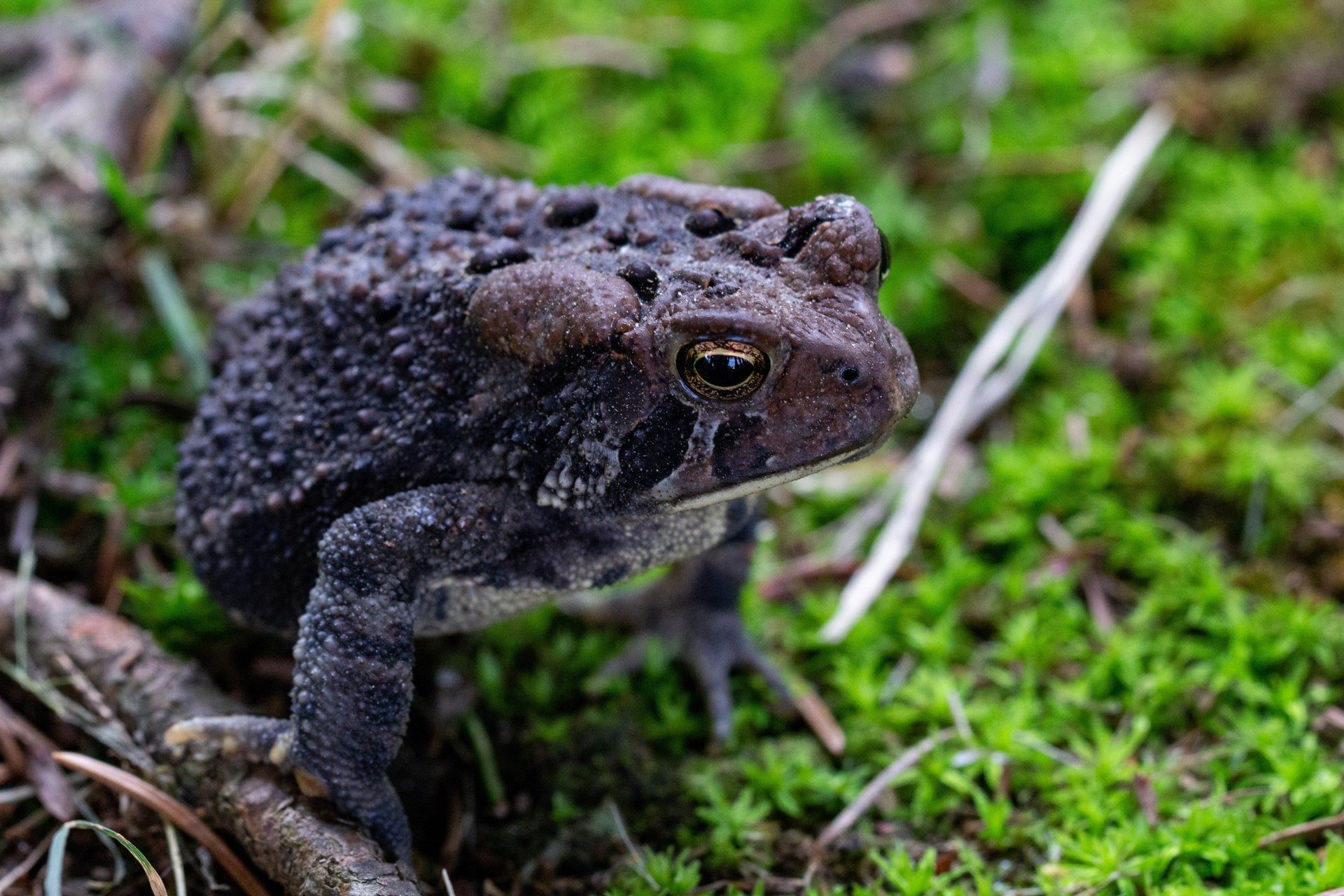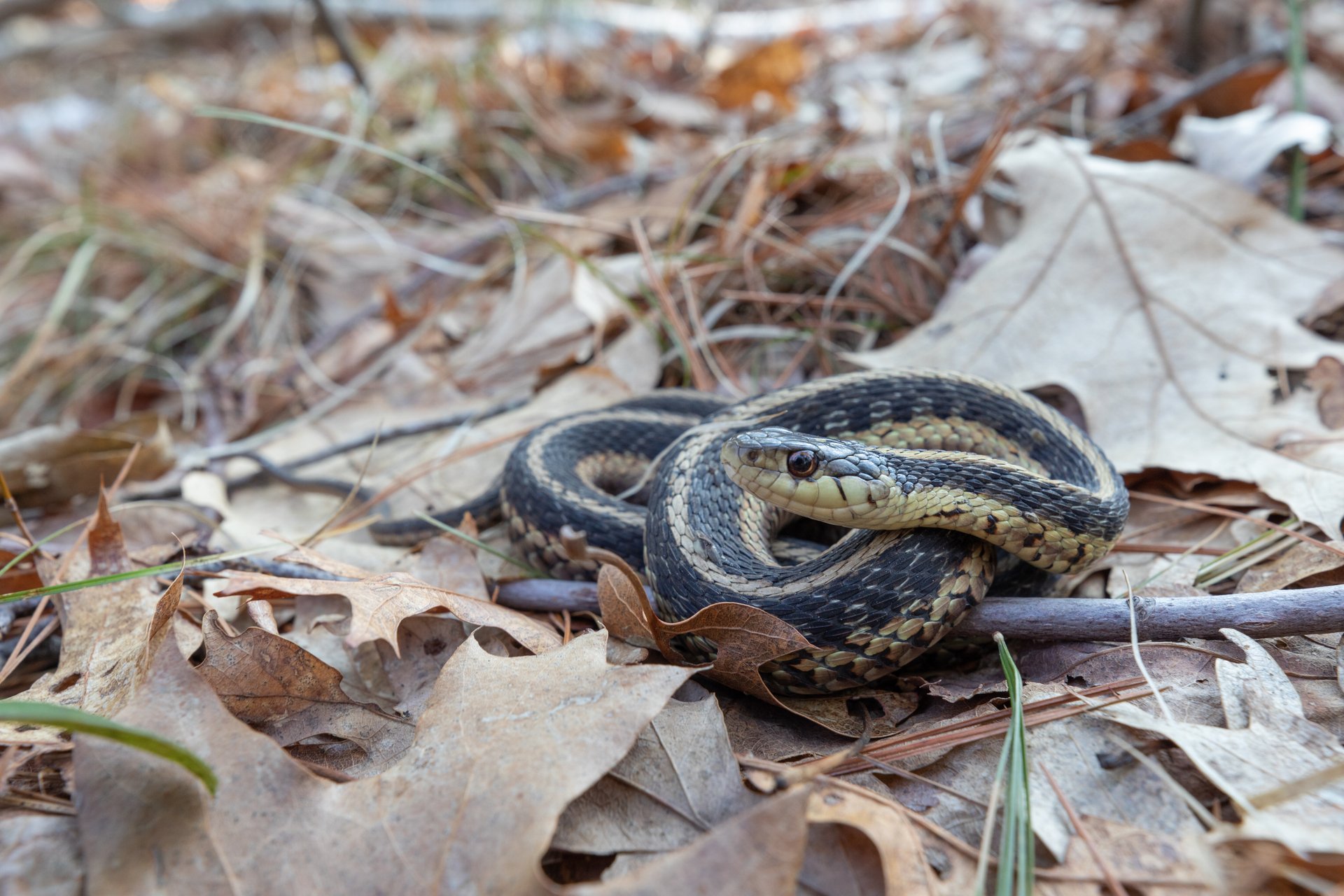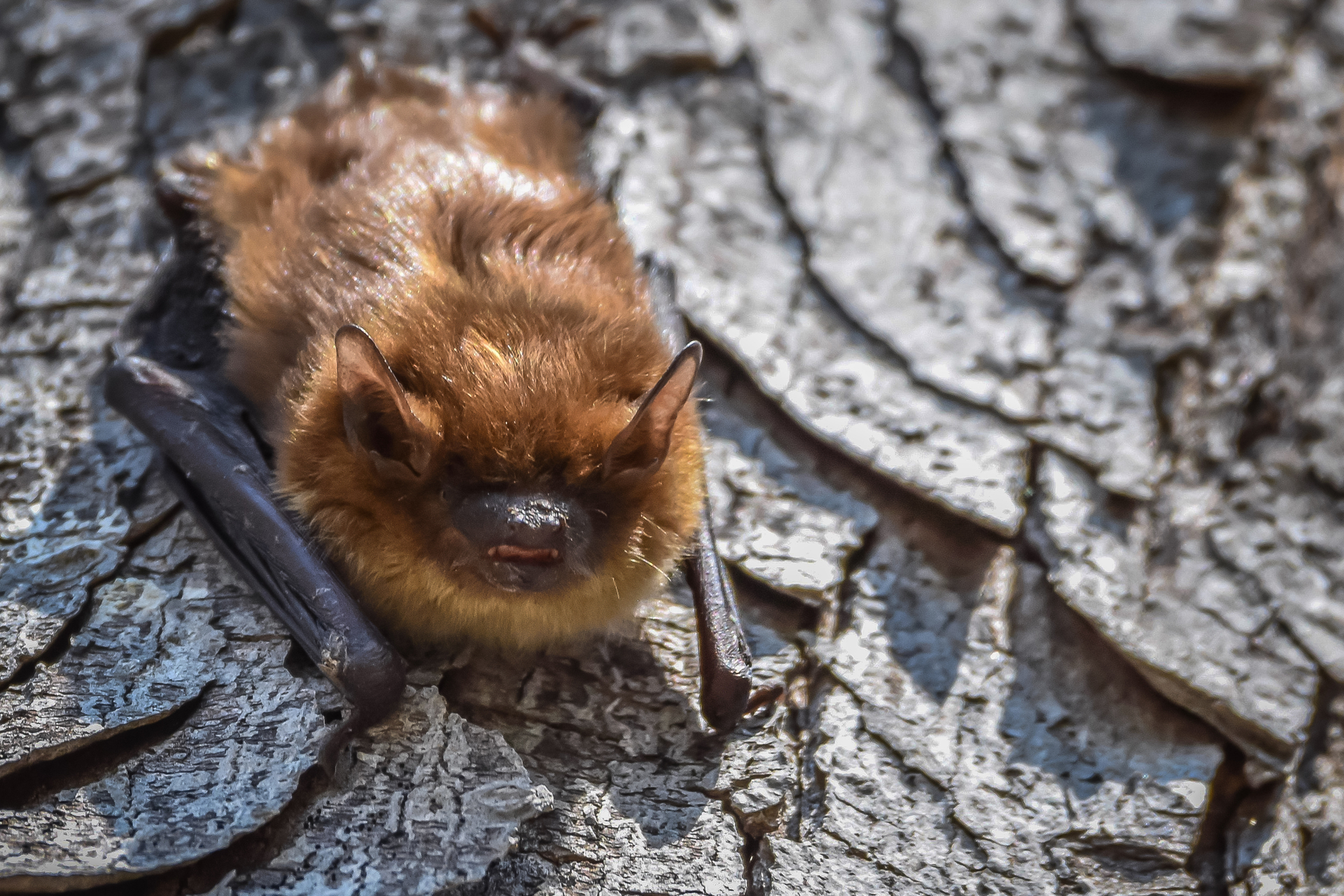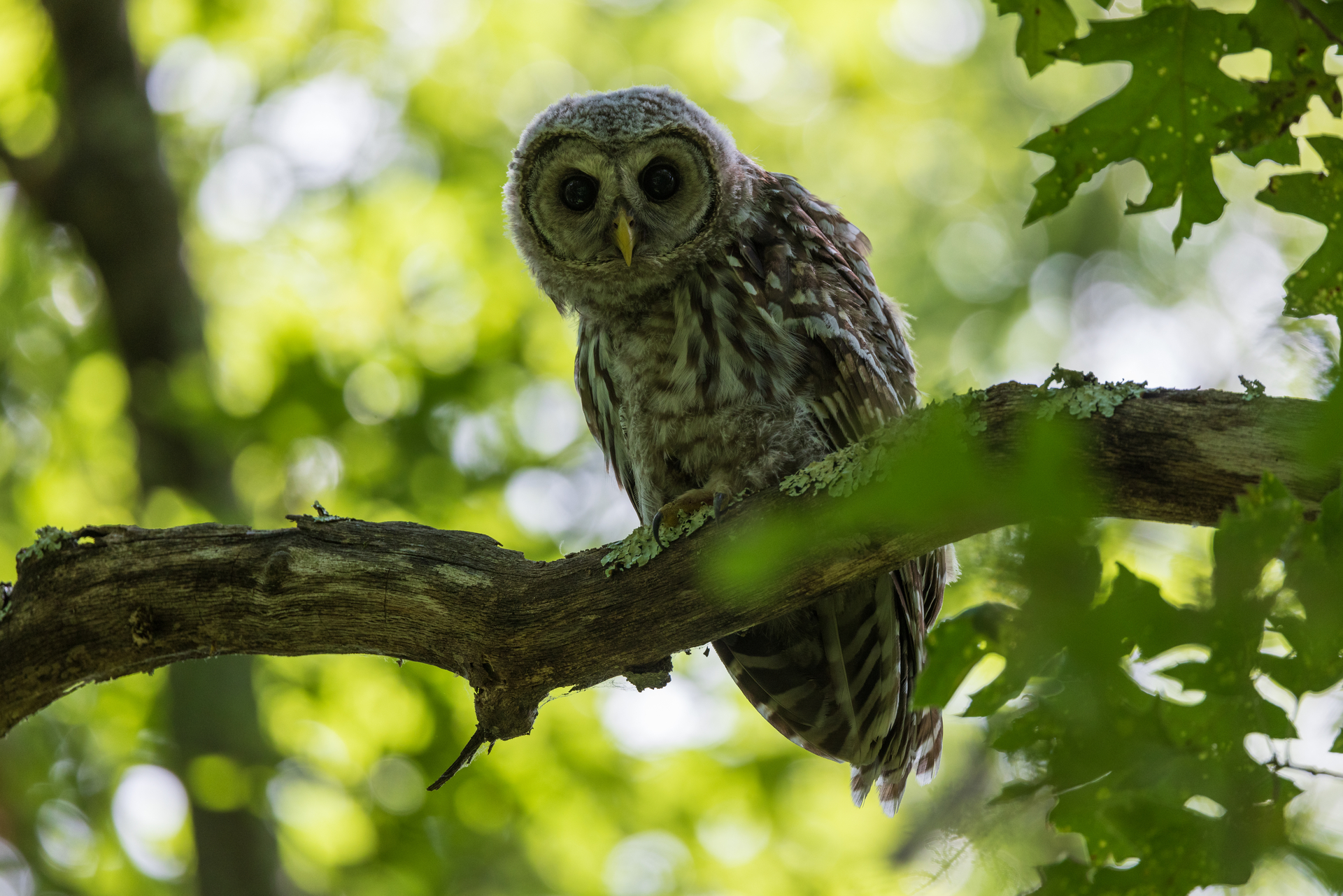Latest News
Spooky Myths vs Scientific Facts: A Closer Look at Nature’s ‘Scary’ Animals
October 11, 2024
Classically spooky animals like ravens, snakes, bats, spiders, toads, and owls have long been tied to eerie folklore and haunting tales. From ravens as omens of doom to bats that transform into vampires, these creatures are often misunderstood.
However, beyond superstition lies a world far more fascinating than fiction. Each of these animals plays a crucial role in the biodiversity of our ecosystem, with unique behaviors and life stories. Join us as we unravel the truth behind the myths and discover why these creatures aren’t as scary as they appear.
Nevermore, Ravens
The ominous, cawing of Edgar Allen Poe’s infamous raven left a dark mark on their reputation in popular culture. Ravens often feed on dead and decaying animals, which strengthened their folklore-inspired associations with death. But maybe these clever birds should be more afraid of us than we are of them. Common Ravens once lived throughout New England, but European settlers viewed them as farmers’ pests, lamb-killers, and ill omens.
They targeted the birds for extermination and clear-cut forests, which shrank the birds’ preferred habitat of heavy, undisturbed woods. By the 1800’s, there were few ravens left in the region. As the forests regrew and the birds gained legal protection, ravens have staged a remarkable comeback and are now nesting from the Berkshires to the Cape and Islands.
Creepy Crawly Spiders
Forget the fear factor—spiders are nature’s pest control pros! With their intricate webs, they trap all sorts of insects, helping keep their populations balanced. While they may not prevent every bug bite, they play a crucial role in managing pests naturally.
Fictional characters like Shelob from The Lord of the Rings and Aragog from Harry Potter frighten audiences with long legs and giant strides, but around here, the common wolf spider typically only grows up to two inches. Venemous spiders are extremely rare in Massachusetts. None have been shown to transfer super spidey-senses or web slinging abilities.
Wart-Laden Toads
Often associated with witches and sorcerers, legend has it that toads imbue mysterious magical powers—and maybe a few warts. In real life these amphibians spend most of their time in damp, moist habitats. They feed on insects and, in turn, become prey for birds, snakes, and raccoons.
While frogs usually have thin, slimy skin, toads sport a drier, thicker texture. Their bumpy skin doesn’t secrete anything, and you won’t get any warts from touching a toad. However, you should still think twice before handling one—amphibian skin is highly absorbent and the chemicals on our hands from lotions and sprays can prove harmful.
Sssssslithering Snakes
Even the heroic Indiana Jones had a fear of snakes. They’ve gotten a bad rap over the years, but snakes should be revered, not feared. Snakes play an important role in their ecosystem as both predator and prey. Their diet varies with size and species, but can include insects, worms, amphibians, fish, small mammals, and occasionally birds. In addition, large birds of prey and mammals including foxes, coyotes, and raccoons, feed on snakes
Fortunately, the snakes you’re likely to find in your yard aren’t venomous. The two venomous species found in Massachusetts, the Northern Copperhead and Timber Rattlesnake, are endangered and they prefer rocky, forested hillsides. You’re much more likely to see a garter snake, a small, harmless garden visitor.
Blood(?)-Sucking Bats
"I vant to suck your...houseflies?” Unlike the vampire myth, bats in Massachusetts aren’t out to bite anyone or suck blood—they’re busy feasting on insects. These winged insectivores naturally manage pest populations, making them essential for local ecosystems. Though they aren’t blind, they rely on impressive echolocation skills to navigate and hunt in the dark. Just like the famous count, they sleep upside down and come alive at night, yet their real-life stories show that they’re anything but scary.
Wide-eyed Owls
No spooky scene is complete without a full moon, ominous shadow, and the hooting of a distant owl. These mostly nocturnal birds make virtually no noise when flying, thanks to the unique design of their feathers. Their keen eyesight, aided by their ability to pivot their heads nearly 270 degrees, allows them to scan their surroundings with remarkable precision.
Large, front-facing eyes may seem creepy at first, but they focus solely on hunting rodents and other small critters. If their spooky associations put you on edge, consider their friendlier characterization as pillars of wisdom, like Winnie the Pooh’s Wol.
There’s More than Meets the Eye
Each classically spooky animal mentioned here plays a critical role in the health of their habitats. Whether as predator, prey, or pollinator, every animal links together in a larger web of interconnected relationships.
We need a wide range of creatures to support a wide range of ecological services—even the spooky ones. So, the next time you come across a slithering snake or a bumpy toad, remember that their uniqueness is what makes them such valued members of our biodiversity.
This spooky season, learn more about the wildlife found in Massachusetts to uncover the seemingly supernatural, creepy, and downright weird animals around you.
Upcoming Programs
See MoreJoin a program featuring one of your favorite spooky creatures.
Early Morning Owl Prowl
-
Blue Hills Trailside Museum, Milton
-
Friday, January 2
5:00-7:00am
Adults & Families - 10 - 17
Owl Prowl
-
Long Pasture Wildlife Sanctuary, Cummaquid
-
Saturday, January 3
3:30-5:00pm
Adults & Families - 10 - 17
Full Moon Owl Prowl
-
Felix Neck Wildlife Sanctuary, Edgartown
-
Saturday, January 3
4:15-5:15pm
Adults & Families - 0 - 17
Nature Time: Little Sprouts
-
Blue Hills Trailside Museum, Milton
-
Thursday, January 8
11:00-11:45am
Families - children 2 - 3 years
Rescue Raptors from Rodenticides
-
Online
-
Thursday, January 8
7:00-8:00pm
Adults & Families - 12 - 17
Winter Family Field Trip: Coastal Wildlife Wonders
-
Joppa Flats Education Center, Newburyport
-
Friday, January 9
10:00am-12:00pm
Families - children 5 - 12 years
Stay Connected
Don't miss a beat on all the ways you can get outdoors, celebrate nature, and get involved.



